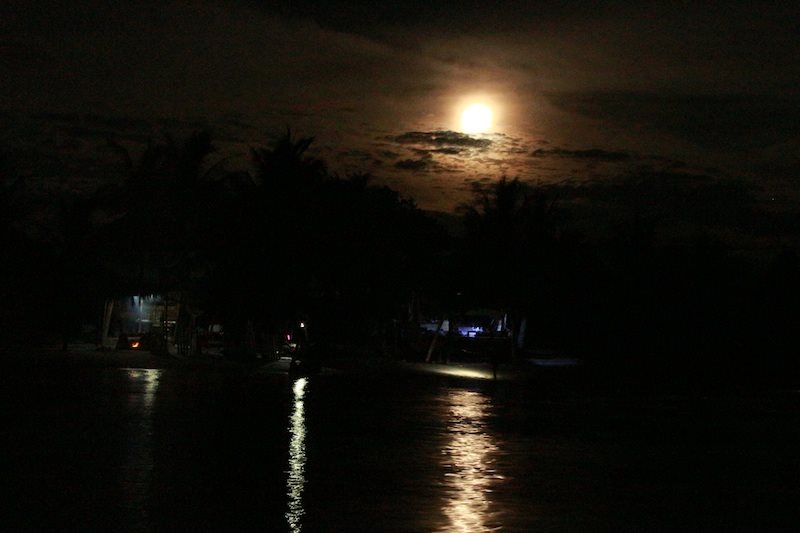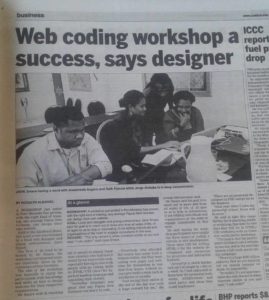‘Every time we’re together, It’d never be the same. If you’re not here, How can you stay away, away so long.’
Jon Seceda’s massive 1990’s hit brings back memories to me every time I hear it.
I think of the good times in Mt Hagen when my two older sisters Fiona and Anna would come up from Port Moresby during school holidays.
They would have this song blasting on the stereo continuously as we would spend days spring cleaning the house, from top to bottom.
The mops and brooms would not just be cleaning tools but also impromptu microphones as we would all sing along, screaming on top of our lungs in the house in our little coffee patch.
For me, it was break from my little mixed world of being a half-nambis (coastal) kid growing up in a village where not many kids understood me.
I really loved my big sisters and I still do. It is one of those happy memories of my childhood, a little gem in time.
My two sisters represent two paths that diverged. Two stories of Papua New Guinea with different endings.
Fiona went on to become Papua New Guinea’s first female Petroleum Reservoir Engineer. She has a great career now.
Anna is a different story. She is my family’s heart break.
In the years afterwards, we went through a major downer with Anna, who was adopted.
We didn’t care if she was adopted or not. We loved her cause she was our sister. I loved her because she was my big sister.
But her adopted status meant a lot to her. In the end, she abandoned us.
I was too small and young to understand what happened.
Years later Anna died from complications due to AIDS. I don’t know how she ended up getting it. I don’t know how she died. She died alone.
When I got the news that she died, I disappeared for three days on the Highlands Highway, got so drunk and high on weed in tiny clubs in Chimbu and Goroka by myself.
After I sobered up I returned to life and pretended that it didnt affect me, because …as corny as this may sound…boys dont cry. But to this day, it still hurts.
You can read this story and deduce all kinds of moral themes here. Themes about growing up in Papua New Guinea, traditional adoption, career, choices and AIDS. I don’t really care.
Truth is, we are all just human, trying to find our own way in life. Sometimes it works out and sometimes, it just doesn’t.
My beautiful memory is my two big sisters who use to sing Jon Seceda’s ‘Just Another Day Without You,’ together in a small house in a little coffee patch in Mt Hagen, in the super cold highlands of PNG, all those years ago when we were just kids.
Good Times. Love you forever sis.
http://youtu.be/CSqPbZnVjXQ

